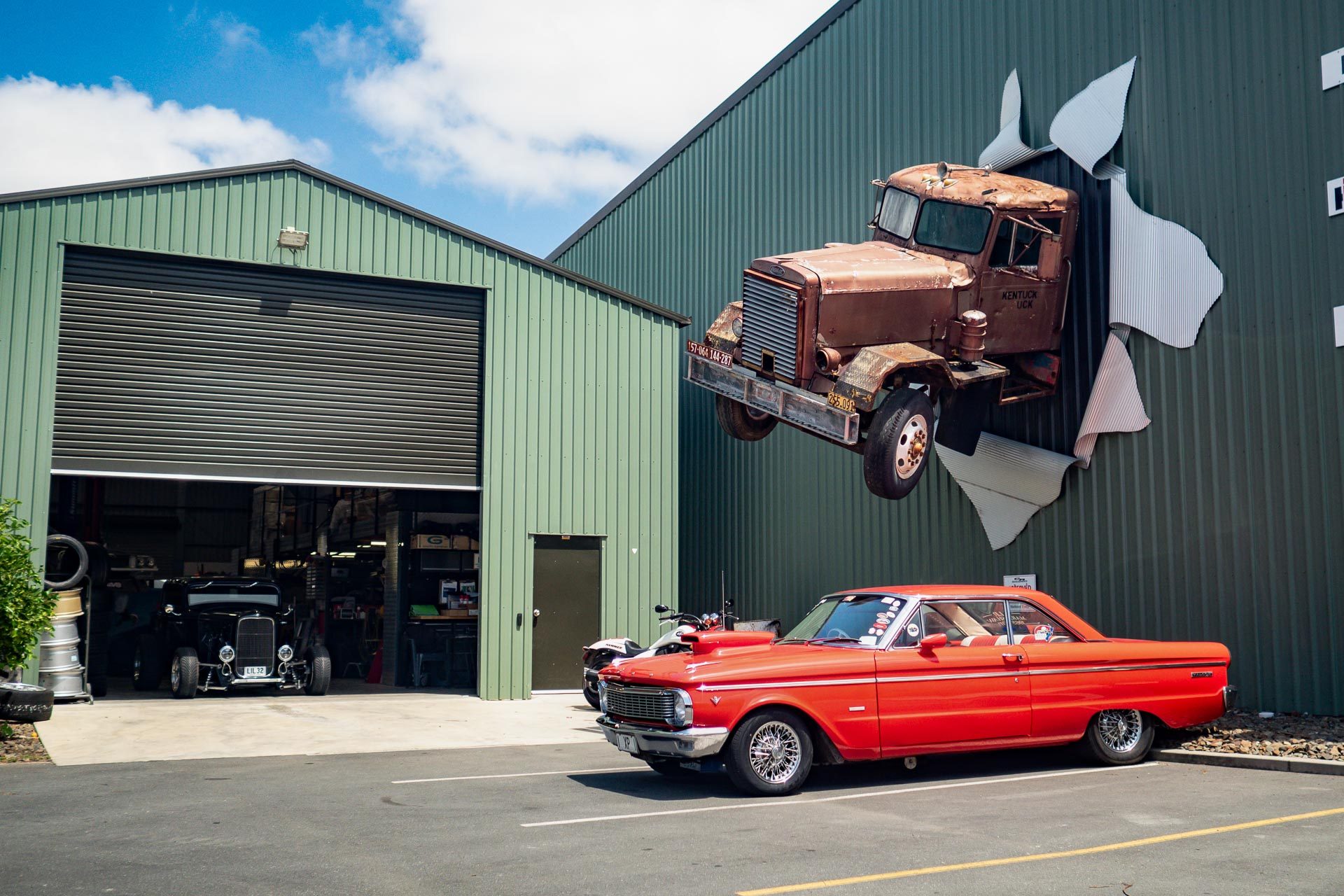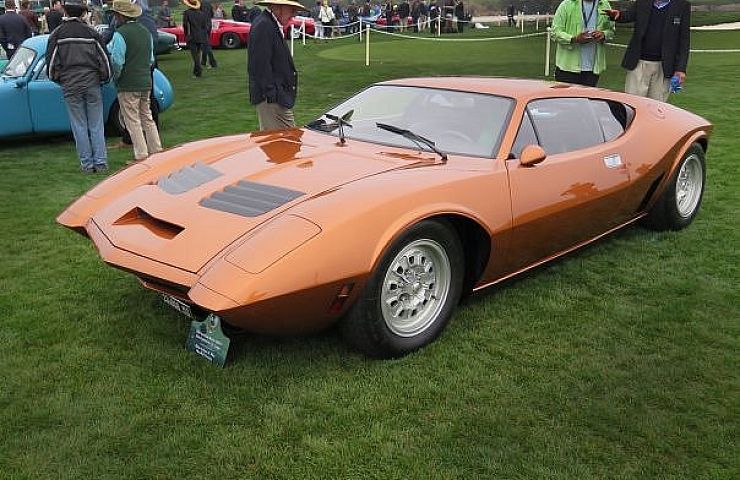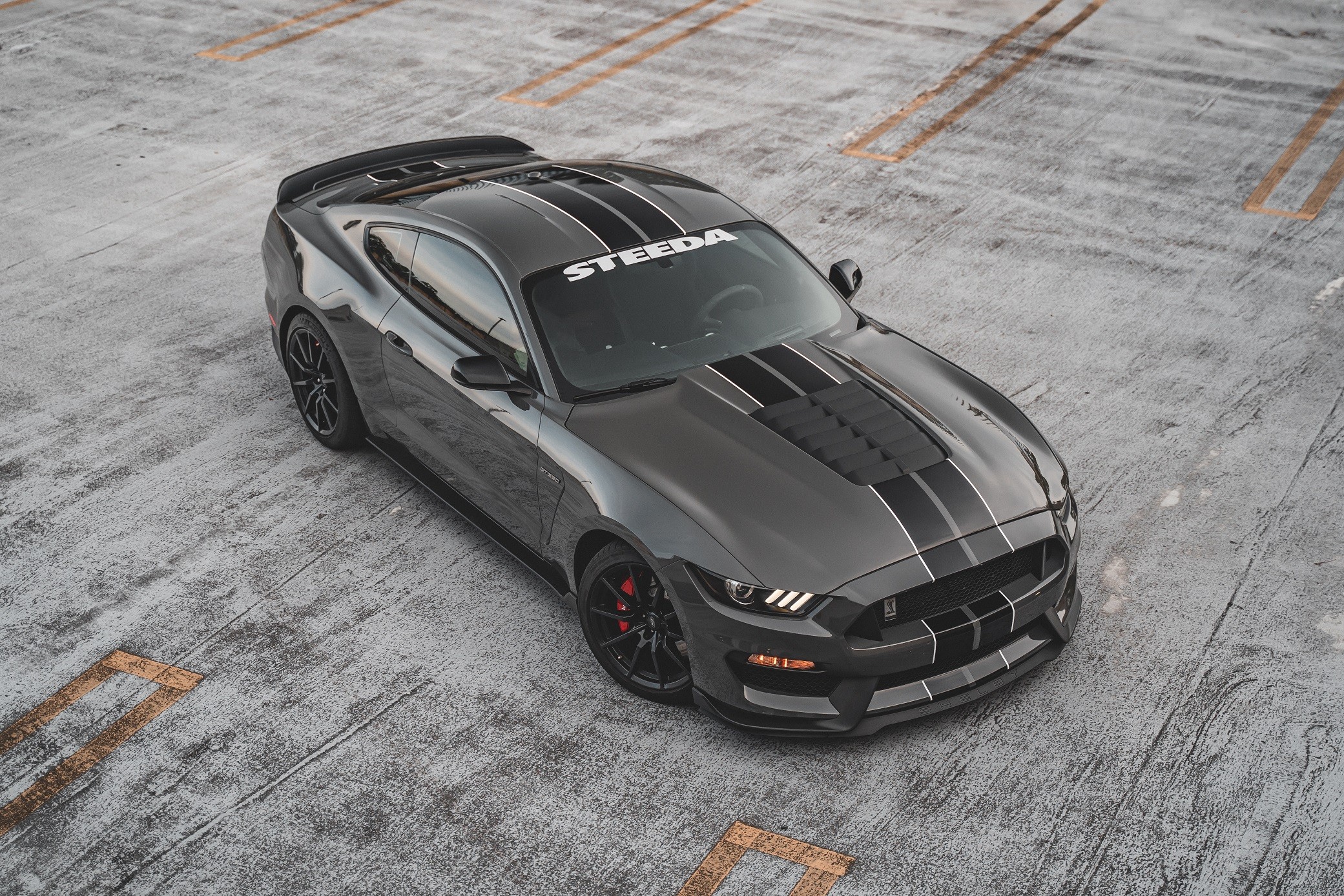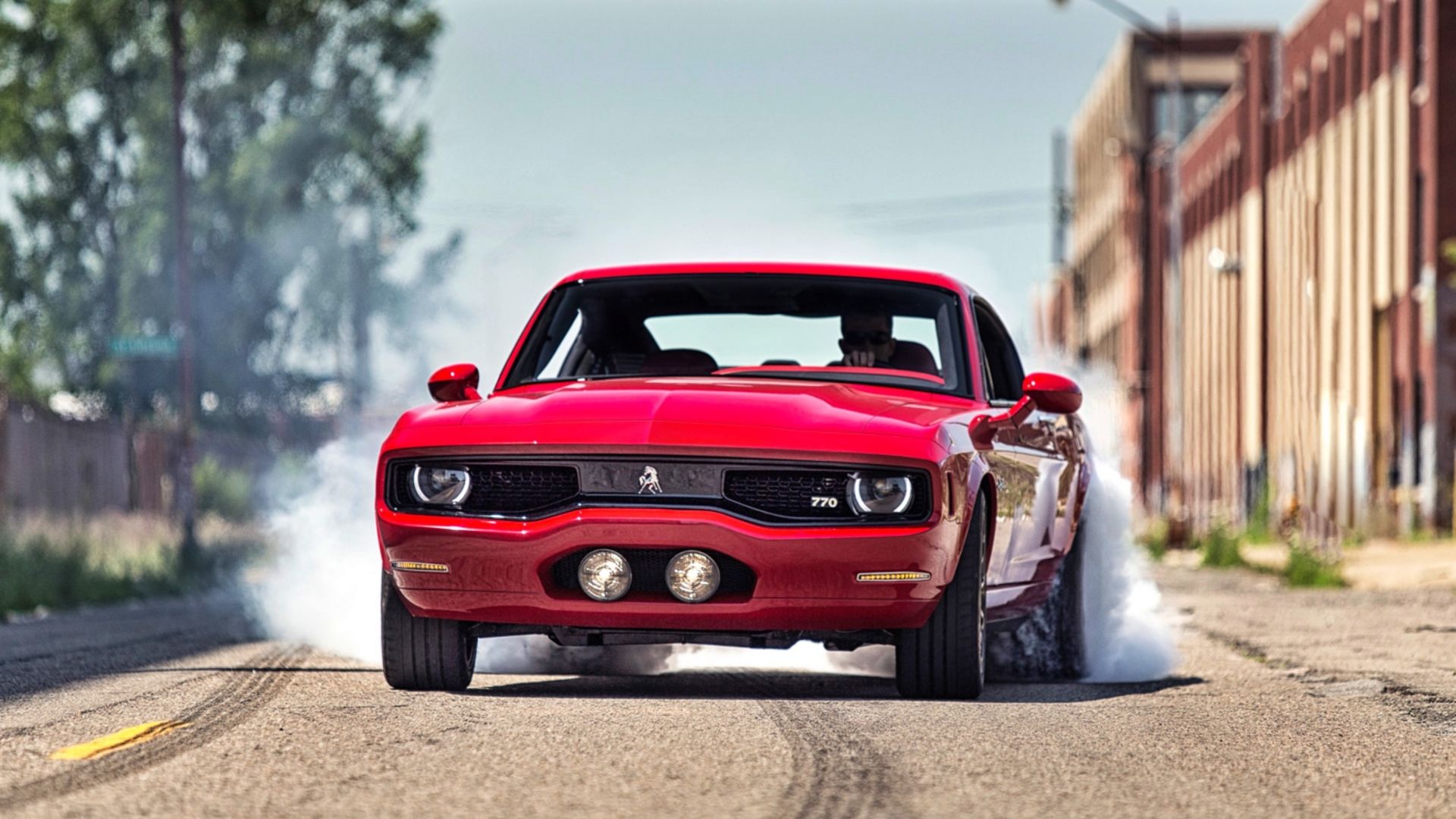Like so many other great racecar drivers, Virgil Earnest Irvan, better known as Ernie Irvin, began driving karts when he was just a kid. He won the California Championship at the age of 15. By the time he was 16 he had already moved up to stock cars and won his very first race on asphalt at Stockton 99 Speedway in California. That was just the start for Irvin; he made it a point to race every weekend at Madera and Stockton and was no stranger to victory lane. He even missed his own high school graduation to race at Riverside.
In 1982, Irvin headed for the heart of race country-North Carolina. He left California with just $700 in his pocket but made a pit stop in Las Vegas and ended up with $200 more. Arriving in Charlotte, he supported himself by doing odd jobs, most of which centered around the racetrack. He did some welding of the grandstand seats at Charlotte Motor Speedway, built racecars, and unloaded Ken Schrader’s moving van.
Irvin’s debut in Winston Cup racing was in 1987 at Richmond Fairgrounds Raceway driving the #56 Chevy Monte Carlo sponsored by Dale Earnhardt Chevrolet. He was up for Rookie of the Year in 1988 but lost to Ken Bouchard by three points in the closest battle in Cup history. In 1991, Irvin won the sport’s most prestigious race-the Daytona 500. Just four years earlier he had watched the race on a little black and white TV while working at a car wash to support his family and his early struggling career.
Irvin began to develop a very aggressive driving style and earned the nickname “Swerving Irvan” by his fellow drivers. Some of his controversial maneuvers led to a televised apology at one of the driver’s meetings before a race. Irvin had been driving for Morgan McClure Motorsports when his friend Davey Allison was killed in a helicopter crash in 1993. To honor his friend, he wanted to take over Davey’s car at Robert Yates Racing but MMM didn’t want to release him and a nasty lawsuit was soon to follow. He did end up taking over the #28 Texaco/Havoline Ford after being fired by MMM and went to the winner’s circle in just his 4th start with RYR. He dedicated the victory to Davey Allison.
In 1994, Ernie Irvin suffered a near fatal crash when a tire deflated and sent him into the wall at over 170mph. He sustained critical brain and lung injuries that left him with only a 10% chance of survival. With medical intervention and therapy, he bounced back and was able to walk on stage and receive the True Value Hard Charger Award just 2 months after the accident. Irvin’s focus was on a complete recovery and regaining his strength and after months of rehab and strength training, NASCAR cleared him to return to the racetrack.
Exactly five years after his near fatal crash, Irvin again went into the wall in a practice session and was air lifted to the hospital with brain and lung injuries. Less than two weeks after the crash, his wife and two children at his side, he tearfully announced his retirement. As of 2007, Irvin was still involved in racing, serving as crew chief for his son Jared’s quarter midget team. Today he promotes Race2safety, a foundation that he started which advocates awareness and prevention of head injuries, especially in children.






More Stories
Are Thumpstar Pit Bikes Reliable?
Subaru Impreza – What’s Latest for 2012?
Two Brothers Racing – Evolution of a Motorcycle Exhaust Manufacturer